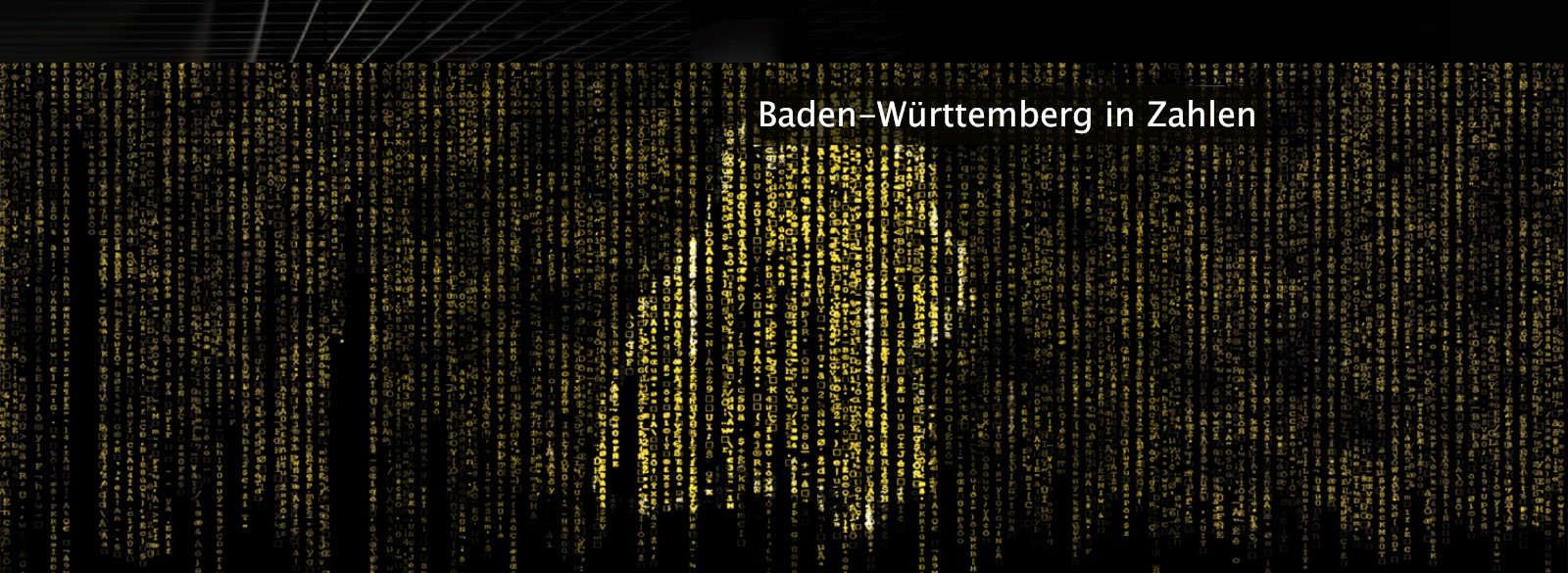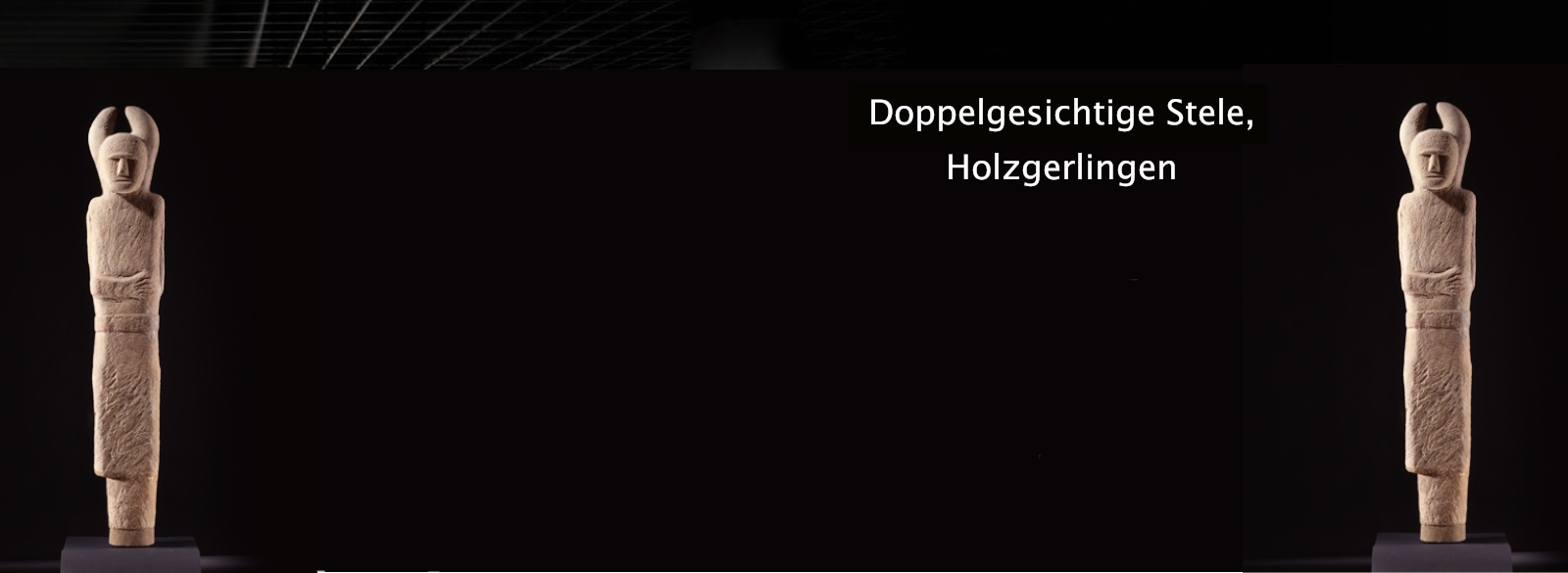Detection of metastable electronic states by Penning trap mass spectrometry R.X. Schüssler, H. Bekker, M. Braß, H. Cakir, J.R. Crespo López-Urrutia, M. Door, P. Filianin, Z. Harman, M.W. Haverkort, W.J. Huang, P. Indelicato, C.H. Keitel, C.M. König, K. Kromer, M. Müller, Y.N. Novikov, A. Rischka, C. Schweiger, S. Sturm, S. Ulmer, S. Eliseev, & K. Blaum
| Erscheinungsform: | Aufsatz |
| Autor/Urheber: | |
| Beteiligte: | - Bekker, Hendrik
- Braß, Martin
- Cakir, Halil
- Crespo López-Urrutia, José Ramon
- Door, Menno
- Filianin, Pavel
- Harman, Zoltán
- Haverkort, Maurits W.
- Huang, Wenjia
- Indelicato, P.
- Keitel, Christoph H.
- König, Charlotte
- Kromer, Kathrin
- Müller, Marius
- Novikov, Y. N.
- Rischka, Alexander
- Schweiger, Christoph
- Sturm, Sebastian
- Ulmer, Stefan
- Eliseev, Sergey
- Blaum, Klaus
|
| Umfang: | 5 |
| Anmerkungen: | Gesehen am 16.06.2020 |
| Identifikatoren/Sonstige Nummern: | 170065778X [PPN] |
| In: | London [u.a.] : Nature Publ. Group, 1869 581(2020), 7806, Seite 42-46 volume:581 year:2020 number:7806 pages:42-46 extent:5 |
| Inhalt: | - State-of-the-art optical clocks1 achieve precisions of 10−18 or better using ensembles of atoms in optical lattices2,3 or individual ions in radio-frequency traps4,5. Promising candidates for use in atomic clocks are highly charged ions6 (HCIs) and nuclear transitions7, which are largely insensitive to external perturbations and reach wavelengths beyond the optical range8 that are accessible to frequency combs9. However, insufficiently accurate atomic structure calculations hinder the identification of suitable transitions in HCIs. Here we report the observation of a long-lived metastable electronic state in an HCI by measuring the mass difference between the ground and excited states in rhenium, providing a non-destructive, direct determination of an electronic excitation energy. The result is in agreement with advanced calculations. We use the high-precision Penning trap mass spectrometer PENTATRAP to measure the cyclotron frequency ratio of the ground state to the metastable state of the ion with a precision of 10−11—an improvement by a factor of ten compared with previous measurements10,11. With a lifetime of about 130 days, the potential soft-X-ray frequency reference at 4.96 × 1016 hertz (corresponding to a transition energy of 202 electronvolts) has a linewidth of only 5 × 10−8 hertz and one of the highest electronic quality factors (1024) measured experimentally so far. The low uncertainty of our method will enable searches for further soft-X-ray clock transitions8,12 in HCIs, which are required for precision studies of fundamental physics6.
|
| URL: | https://doi.org/10.1038/s41586-020-2221-0 |
| Weiter im Partnersystem: | https://swb.bsz-bw.de/DB=2.1/PPNSET?PPN=170065778X |
















 leobw
leobw